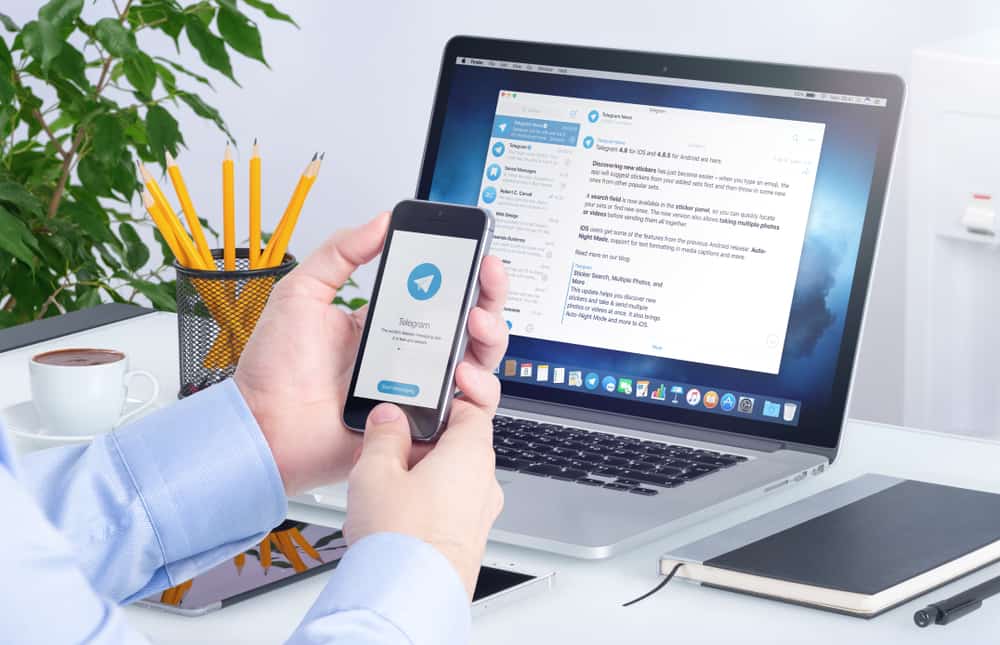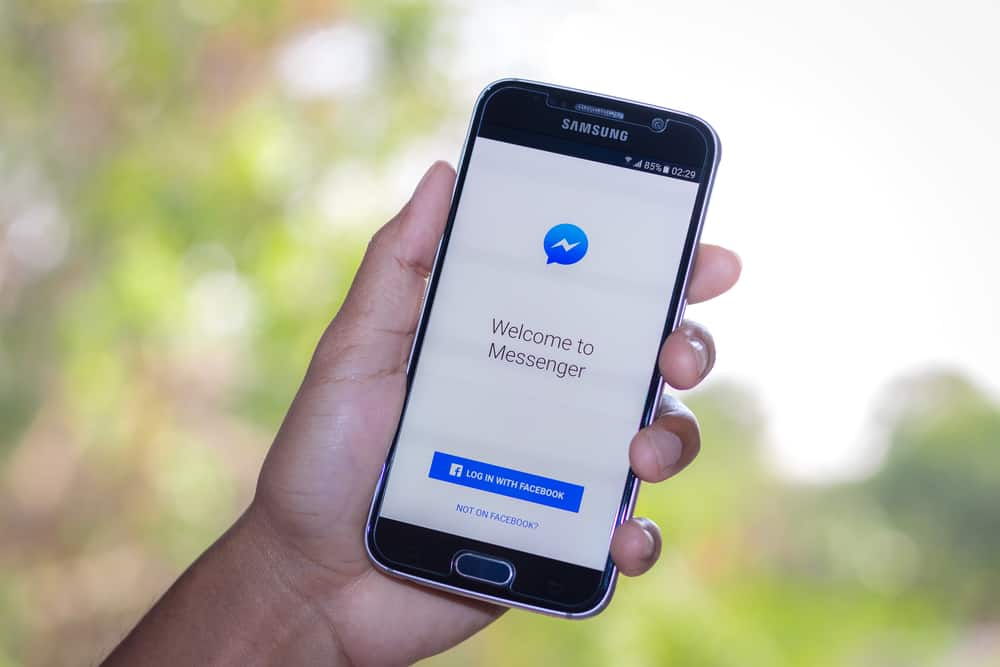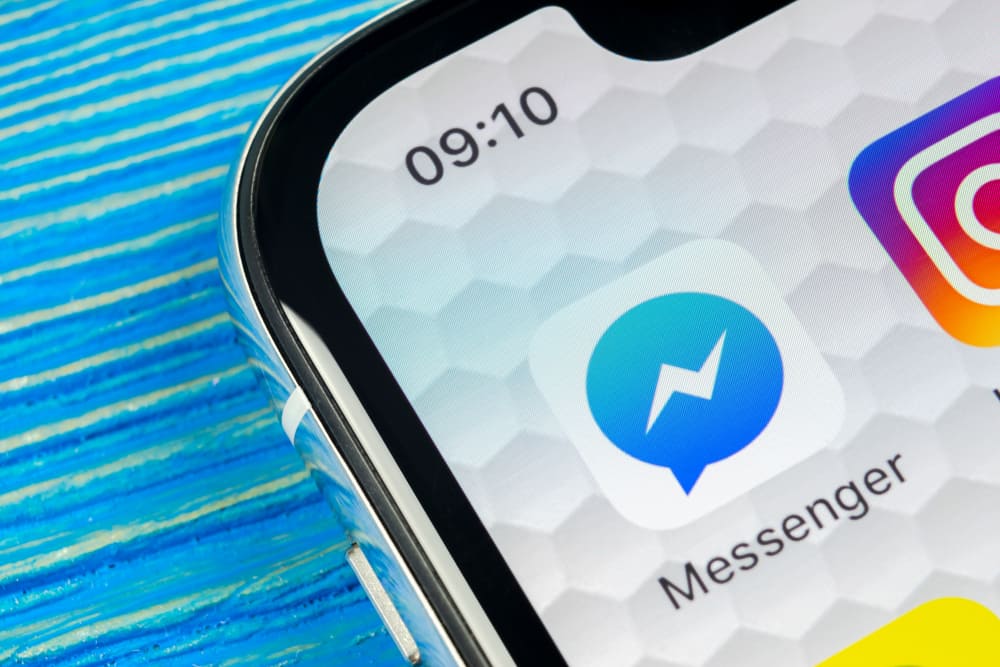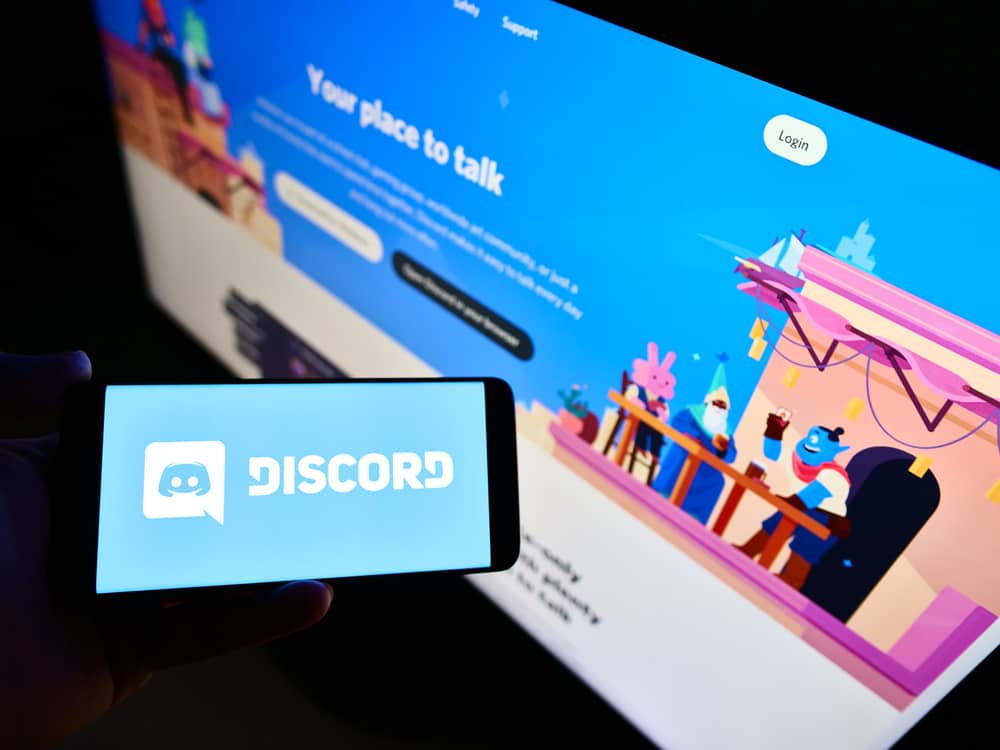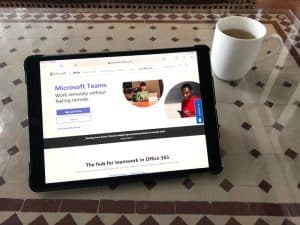
Virtual meetings became more popular during the COVID-19 pandemic because they were the major ways by which friends and families connected, and businesses functioned.
Zoom is a major app that enables virtual meetings, but there’s a high probability that if you stare at your screen for a long, you’ll eventually look tired.
How do you avoid this?
Refrain from multitasking, have periodic breaks, apply the 20-20-20 rule to your eyes, simplify your meetings, disable self-view, and use voice calls in place of social virtual meetings.
The rest of this article will discuss the basic methods that, if implemented, can help you successfully avoid looking tired on Zoom.
Useful Methods on How To Not Look Tired on Zoom
Below are six useful methods to prevent looking tired on Zoom.
Method #1: Refrain From Multitasking
While multitasking could be appealing during Zoom meetings, it can also be exhausting to you.
After ten years of study, psychologists at Stanford University found that multitasking not only impairs memory but also makes ordinary tasks more difficult to complete.
One of the key contributing factors, according to their analysis, was consuming various forms of media at once. It can be difficult to avoid multitasking, especially on days when there are plenty of calls or meetings.
Concentrating on the current work is one of the best tips for preventing looking tired on Zoom calls. By eliminating distractions, you’ll be more focused, productive, and less worn out.
Method #2: Have Periodic Breaks
It may be challenging to organize your day into manageable segments while you’re learning online or attending virtual meetings on Zoom.
When Zoom meetings follow one another in a row, and other chores are completed quickly, you can feel worn out.
Until recently, traveling to meetings or classes in person required breaks in the day that was both natural and necessary.
While working asynchronously allows you more flexibility in scheduling breaks throughout your day, synchronous encounters can also be planned carefully.
Try to schedule brief pauses between meetings and lessons. If you can, get up, extend your legs, close your eyes, or perhaps go for a brief stroll.
Method #3: Apply the 20-20-20 Rule to Your Eyes
Increased eye strain can result from using Zoom calls and other computer-dependent online tools, just like it can with any screen-based device.
It’s essential to ensure that your eyes get the rest they require because the demands of virtual meetings frequently result in greater screen time.
If that’s the case, then use the 20-20-20 rule. The rule suggests you take a 20-second break every 20 minutes to look at anything 20 feet away if you discover that your eyes are getting fatigued.
This technique was created by a California optometrist to aid with eye muscle relaxation.
Tools that reduce blue light, like anti-blue light glasses, can also safeguard your eyes and promote sound sleeping patterns.
Method #4: Simplify Meetings
Even in person, few people like long meetings, and extended virtual meetings may be draining and irritating. It’s now simpler to arrange more calls than before, thanks to the trend toward remote learning and virtual work.
If within your capacity, try to keep meetings brief and to the point, and whenever possible, think about adopting an alternate form of communication. Instead, make use of the extra time to take a much-needed break.
Method #5: Disable Self-View
Zoom usage regularly might lead to some strange habits, such as staring at your screen nonstop.
When you’re aware that your video is being broadcast to others, you may feel more anxious and find it challenging to concentrate since you’re more conscious of being watched.
While maintaining a professional image and background is crucial, you shouldn’t overdo it. The “imaginary audience” is the term used by Norfolk State University’s Andrew Franklin, a cyberpsychologist.
He claims that once we are aware that we might be seen on Zoom, we may begin to believe that everyone is closely watching every action we make.
Of course, this isn’t actually the case since everyone else is undoubtedly having the same thoughts about their own perceptions of themselves.
It’s best to stop looking at yourself to ease your anxiety. It’ll be simpler for you to concentrate on your work.
Method #6: Make Social Virtual Meetings via Voice Calls
After having virtual meetings that require video throughout the day, you will definitely be tired and have strained your eyes. Thus, if you were to have a social virtual call, it would not augur well for you to show your tired eyes on the video.
You aren’t required to answer every call via video just because Zoom has established itself as the standard for social catch-ups.
It will have less of an influence on your attention if you only use voice to communicate because your brain won’t have to interpret any additional visual inputs.
Calling isn’t simply for one-on-one conversations anymore because the majority of messaging apps provide group chat. To establish a distinct separation between work and pleasure, you can also make a cup of coffee in a different mug, listen to music on a different playlist, and move to a different room when you’re not on duty.
Conclusion
Avoiding looking tired on Zoom is a challenge that you must face head-on because, if you’re burned out, people will barely count on you.
Instead of ignoring it and letting it worsen, use the aforementioned strategies to reduce Zoom fatigue.
Making the transition to remote work is challenging enough; adding the stress of Zoom fatigue can worsen your mental health and level of productivity.
As a result, the most crucial thing to remember is to pay attention to your body and understand when appropriate actions are to be taken.
